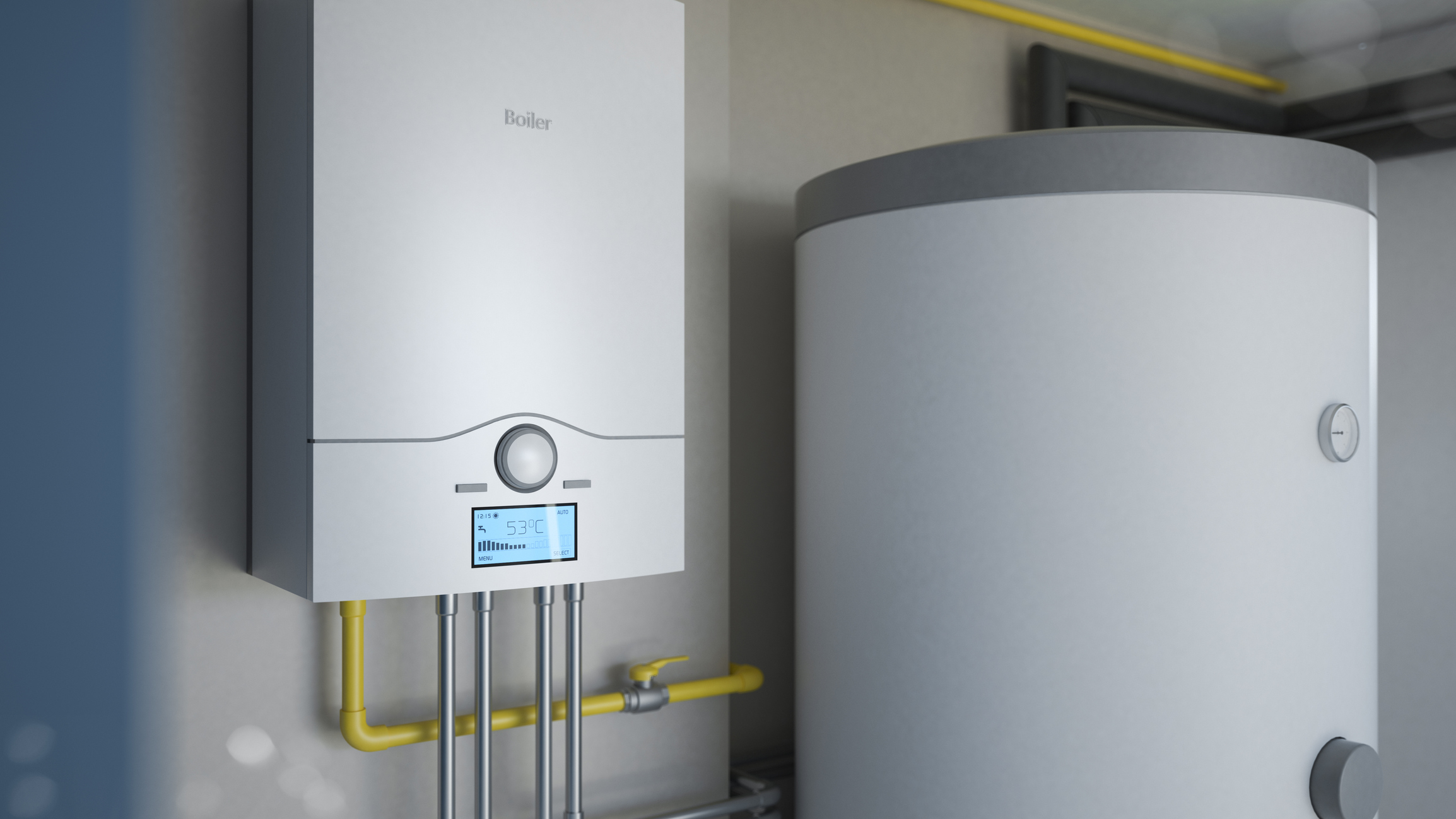How to Care for Your Home's Hot Water System Properly
How to Care for Your Home's Hot Water System Properly
Blog Article
On this page down the page you'll find a lot of awesome information and facts in regards to Tips For Maintaining Your Hot Water Heater.

Warm water is vital for everyday comfort, whether it's for a revitalizing shower or cleaning meals. To ensure your warm water system runs effectively and lasts longer, normal maintenance is vital. This post offers sensible ideas and insights on just how to preserve your home's warm water system to avoid disturbances and expensive repairs.
Intro
Preserving your home's warm water system may seem challenging, yet with a few simple actions, you can ensure it operates smoothly for years to find. This guide covers whatever from understanding your hot water system to do it yourself maintenance suggestions and recognizing when to contact professional assistance.
Importance of Preserving Your Warm Water System
Routine maintenance not just extends the life expectancy of your warm water system however additionally ensures it runs effectively. Disregarding maintenance can cause decreased effectiveness, greater energy costs, and even early failing of the system.
Signs Your Warm Water System Demands Maintenance
Understanding when your warm water system needs interest can protect against major problems. Watch out for indicators such as irregular water temperature level, unusual sounds from the heater, or rustic water.
Recognizing Your Hot Water System
Prior to diving into upkeep tasks, it's practical to recognize the basic parts of your warm water system. Generally, this includes the hot water heater itself, pipelines, anode poles, and temperature level controls.
Month-to-month Maintenance Tasks
Routine regular monthly checks can aid capture small concerns prior to they rise.
Flushing the Water Heater
Flushing your water heater eliminates sediment accumulation, enhancing effectiveness and prolonging its life.
Checking and Changing Anode Rods
Anode poles prevent corrosion inside the tank. Inspecting and replacing them when worn out is important.
Checking and Changing Temperature Settings
Changing the temperature setups makes certain optimum efficiency and safety and security.
Do It Yourself Tips for Maintenance
You can carry out several upkeep tasks yourself to keep your warm water system in leading problem.
Checking for Leaks
On a regular basis check pipes and connections for leakages, as these can bring about water damages and higher bills.
Checking Pressure Alleviation Valves
Examining the pressure relief valve guarantees it operates appropriately and prevents too much stress accumulation.
Protecting Pipes
Insulating warm water pipes minimizes warm loss and can save power.
When to Call an Expert
While DIY upkeep is helpful, some problems need professional expertise.
Facility Problems Requiring Specialist Assistance
Instances consist of significant leaks, electric problems, or if your hot water heater is constantly underperforming.
Routine Specialist Upkeep Advantages
Specialist maintenance can consist of extensive assessments, tune-ups, and ensuring conformity with safety standards.
Verdict
Routine upkeep of your home's hot water system is important for performance, durability, and price savings. By adhering to these ideas and knowing when to look for professional help, you can make certain a reputable supply of warm water without unforeseen disturbances.
How to Maintain an Instant Hot Water Heater
Before tinkering with your hot water heater, make sure that it’s not powered on. You also have to turn off the main circuit breaker and shut off the main gas line to prevent accidents. Also turn off the water valves connected to your unit to prevent water from flowing into and out of the appliance. 2. When you’re done, you have to detach the purge valves’ caps. These look like the letter “T†and are situated on either side of the water valves. Doing so will release any pressure that has accumulated inside the valves while at the same time avoid hot water from shooting out and burning your skin. 3. When the purge valves’ caps are removed, you have to connect your hosing lines to the valves. Your unit should have come with three hoses but if it didn’t, you can purchase these things from any hardware or home repair shops. You can also get them from retail stores that sell water heating systems. Read the user’s manual and follow it to complete this task properly. When the hosing lines are connected, open the purge port’s valves. 4. You should never use harsh chemical cleaners or solutions when cleaning your unit. Make use of white vinegar instead. It should be undiluted and you’ll probably use about 2 gallons. 5. Now flush your water heater. This task should probably take about 40 minutes. We can’t give you specific directions for this because the procedure is carried out depending on the type, model and brand of your heater. With that being said, refer to the user’s manual. 6. When you’re done draining the unit, you have to turn off the purge port valves again. Remove the hosing lines that you earlier installed on each of the water valves. Put the valve caps (purge port) back in their respective places and be very careful so as not to damage the rubber discs that are found inside these caps. 7. Now that everything’s back in place, check your user’s manual again to find out how to reactivate your water heating system. 8. Once it is working, turn one of your hot water faucets on just to let air pass through the heater’s water supply pipes. Leave the tap on until water flows smoothly out of it. https://www.orrplumbing.com/blog/2014/september/how-to-maintain-an-instant-hot-water-heater/

As a serious reader on Water Heater Maintenance Tips You Can't Afford to Forget, I figured sharing that piece of content was really helpful. For those who enjoyed our article kindly remember to share it. Many thanks for taking the time to read it.
Book Services Report this page